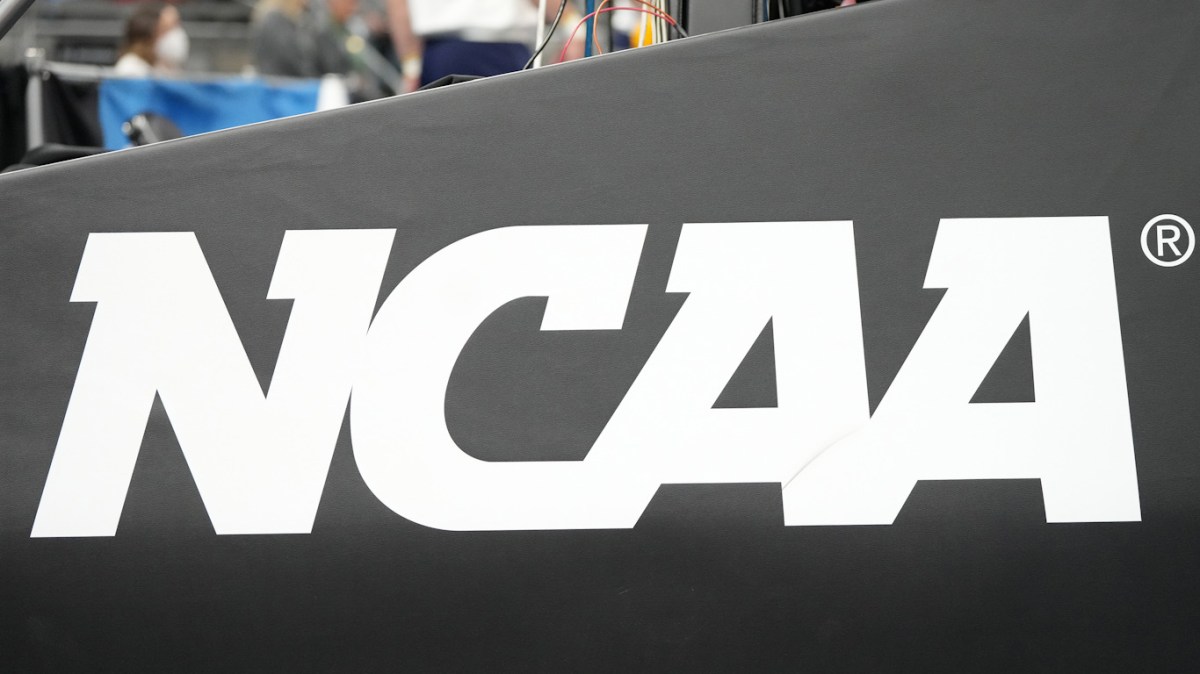Few issues are as current and as attention-grabbing as transgender policies in sports. The whole thing is thick with so many social, gender, intellectual and traditional implications that it needs to be handled with care and consideration. The National Collegiate Athletic Association (NCAA) is at the forefront of transgender issues due to transitioned athletes desire to compete with their peers. Because of this, the NCAA has a clear (but evolving) policy on the issue. Let’s take a look at what it says.
Most disagreements on the issue involve transgender women engaging in women’s sports. The main argument is that transgender women will have an unfair advantage and ruin the competitive aspect, and that it may even be dangerous for cis women to compete in an environment like that. On the other hand, supporters say that both estrogen and puberty blockers reduce testosterone levels and muscle mass, which negates competitive advantages.
The other supportive argument involves the idea that sports are supposed to be inclusive, help to socialize and foster a sense of community. So why is it so controversial? The key might lie in verification. How does one verify gender and not be offensive? The status quo has been to determine gender by examining the athlete physically and doing tests to determine sex hormones and chromosomes. Unfortunately, many view this practice as discriminatory so it’s been controversial to say the least. Before we delve into the NCAA policy, let’s take a look at some history.
History of Transgender Athletes in Sports
One of the earliest transgender controversies in sports happened in 1975 after tennis player Renée Richards had gender reassignment surgery and then tried to compete professionally in women’s tennis. It sparked a media firestorm and people protested her attempts.
Richards was no slouch. Before transitioning, she had captained the Yale men’s tennis team. Her first pro tournament as a woman was in August 1976 at the Orange Lawn Tennis Club in New Jersey. Throngs of people waited for her to arrive, some protesting, others seeking autographs.
“Officials in the governing bodies of tennis,” Richards wrote in her book Second Serve, “were quoted as saying that I would not be allowed to participate in major championships for women because of my past as Richard Raskind.”
Following the uproar, the United States Tennis Association (USTA) and the World Tennis Association (WTA) introduced the Barr body test to identify chromosomes in athletes. Richards sued and the courts ruled in her favor. At 43, in 1977, she reached the women’s doubles final at the US Open.
One of the more well known names is University of Pennsylvania student Lia Thomas, who swam for the NCAA men’s team from 2018-2019 and then the women’s team in 2021. She shattered many records until she lost muscle mass and some strength due to hormone replacement and testosterone therapy.
The International Olympic Association drew up guidelines for transgender athletes in 2003, giving three requirements. Athletes must have undergone gender reassignment therapy, which would include changes to genitalia. They must have their new gender officially recognized and they must have undergone hormone therapy for at least two years.
That changed in 2015 when the IOC realized that in some countries it’s illegal to transition and thus pretty much impossible to officially recognize a new gender. New guidelines were written up: athletes needed to have declared their new gender for at least four years and have a scientifically low level of testosterone for at least a year before competing. Now let’s look at the NCAA specifically.
The NCAA Policy on Transgender Athletes
When swimmer Lia Thomas started breaking records left and right, the NCAA took another look at its transgender policy. The org has allowed transgender athletes to participate since 2010, but the Transgender Student-Athlete Participation Policy was updated in 2022. The new policy was modeled after the Olympic Movement, the NCAA said, which “preserves opportunity for transgender student-athletes while balancing fairness, inclusion and safety for all who compete.” Here’s what the NCAA said exactly:
“Like the U.S. Olympic and Paralympic Committee, the updated NCAA policy calls for transgender student-athlete participation for each sport to be determined by the policy for the national governing body of that sport. If there is no NGB policy for a sport, it would then be determined by the policy for that sport’s international federation. If there is no international federation policy, it would be determined by policy criteria previously established by the International Olympic Committee.”
This means that each sport will decide the specifics of transgender participation in that particular activity. The nationally governing body of the sport will decide, and if there’s no governing body, then the sport’s international governing body would decide. If that doesn’t exist, then it would fall to the International Olympic Committee.
The new policy was rolled out in three phases. In the first phase, “transgender student-athletes were required to provide documentation to the CSMAS within four weeks before the selections date for their championship.” The athletes also “had to document a one-time serum testosterone level that fell below the maximum allowable level for the sport in which the student-athlete was competing within four weeks of championship selections for that sport.”
Phase two was meant to cover the 2022-23 and 2023-24 season. In addition to the requirements for phase one, athletes must “meet the sport standard for documented testosterone levels at three points in time.” That would be before any regular season competition; before the first game in an NCAA championship event and before any “non-championship segment.” Phase three was supposed to go into effect for the 2024-25 season and include “full implementation.” That meant that trans athletes had to “provide documentation no less than twice annually (and at least once within four weeks of competition in NCAA championships)” and meet the standards for that specific sport, whatever that might be.
This new policy caused a lot of consternation with people on both sides of the issues, so much so that phase three policy implementation was delayed. The NCAA Board of Governors said that it needed “additional time to address operational considerations in phase three of the policy.”
This means that while there is a policy, it’s definitely going to evolve and coalesce itself into whatever issues are at the forefront culturally. One thing’s for sure: this issue isn’t going away any time soon.







